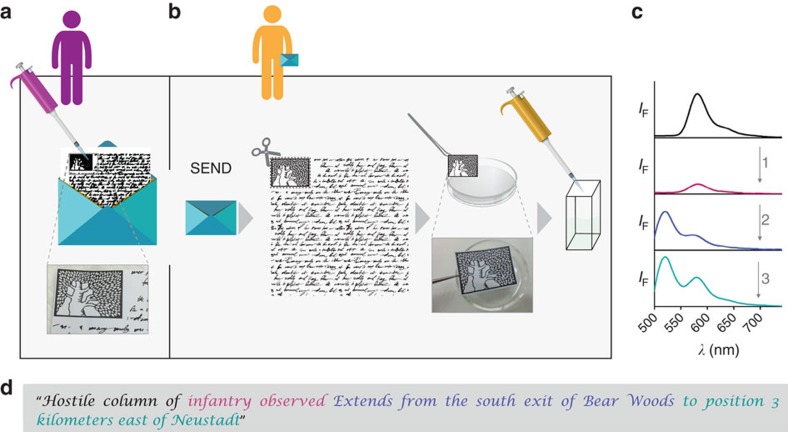Figure 5. Steganographic protection by hiding m-SMS on plain letter paper.
(a) 1.1 μl of m-SMS (440 μM) was hidden on a random spot within the logo of the Weizmann Institute and the letter was sent to a recipient by regular mail. Note that the text within this letter does not contain any valuable information. (b) The recipient, who obtained the cipher text and knows the initial conditions, extracts m-SMS from the paper by incubating the logo in 1 ml of EtOH-AcOH (10 mM). (c) To uncover the message, the receiver adjusts the correct concentration of m-SMS by calibrating its initial emission intensity (top) and generates the decryption key by recording the emission pattern following the addition of each chemical input (inputs 1–3). (d) The resulting text is a message that was encrypted by the Enigma machine. The letter colours correspond to relevant decryption keys shown in c. Conditions: 1 μl of (1) NiCl2 (0.15 M), (2) KOH (2.5 M) and (3) Na4EDTA (0.27 M) were sequentially added to a 60-μl solution of m-SMS (500 nM) in EtOH-AcOH (10 mM). The hand-writing text image (credit: amiloslava) is taken with permission from Shutterstock.com.

